The recent announcement of a quantum computer surpassing the 1,000-qubit milestone has sent ripples through the scientific community. While this achievement marks a significant leap forward in raw computational power, experts caution that the fundamental challenge of quantum error correction remains unresolved. The breakthrough, achieved by a team at a leading research institution, demonstrates the rapid pace of hardware development even as theoretical hurdles persist.
Quantum computing's promise has always been tied to its ability to solve problems deemed intractable for classical computers. The jump from hundreds to over a thousand qubits represents more than just quantitative progress—it suggests that researchers are overcoming some of the daunting engineering challenges in scaling up quantum systems. However, the celebration is tempered by the sobering reality that these additional qubits don't necessarily translate to useful computation without robust error correction mechanisms.
The core issue lies in quantum decoherence, where qubits lose their quantum state due to interactions with the environment. Current error rates mean that calculations involving thousands of qubits would quickly become unreliable without some form of protection against errors. While researchers have developed various quantum error correction codes, implementing them practically requires an enormous overhead of additional qubits—potentially thousands per logical qubit.
What makes this 1,000-qubit processor noteworthy is its novel architecture, which attempts to address scalability concerns that plagued earlier designs. The team employed a modular approach, connecting smaller quantum processors in a way that maintains coherence while allowing for expansion. This technical achievement suggests a potential path toward the millions of physical qubits that many experts believe will be necessary for fault-tolerant quantum computing.
Industry observers note that the race for qubit count has sometimes overshadowed more meaningful metrics like qubit quality and connectivity. The new processor reportedly shows improvements in these areas as well, with longer coherence times and more reliable gate operations compared to previous generations. Yet even with these enhancements, the error rates remain several orders of magnitude higher than what's needed for practical applications.
The scientific community remains divided on how to interpret this milestone. Some researchers argue that pushing qubit counts into the thousands forces the field to confront scaling challenges that were previously theoretical. Others worry that without parallel progress in error correction, these large-scale processors might never fulfill their promise. The truth likely lies somewhere in between—each hardware advancement provides new opportunities to test error correction strategies under more realistic conditions.
Looking ahead, the next few years will be crucial for determining whether quantum computing can make the transition from scientific curiosity to practical technology. Several approaches to error correction are being pursued simultaneously, from surface codes to topological qubits to novel error mitigation techniques. The 1,000-qubit barrier may be remembered either as a stepping stone toward fault-tolerant quantum computation or as a reminder of how far we still have to go.
What's clear is that quantum computing development has entered a new phase where both the possibilities and the challenges are becoming more apparent. As hardware capabilities expand, the pressure mounts to solve the error correction puzzle that stands between current noisy intermediate-scale quantum devices and the revolutionary computers of tomorrow.

By Olivia Reed/Apr 14, 2025
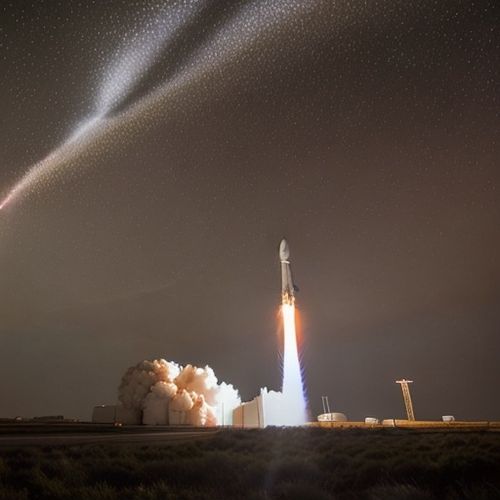
By Sophia Lewis/Apr 14, 2025

By Noah Bell/Apr 14, 2025

By Eric Ward/Apr 14, 2025
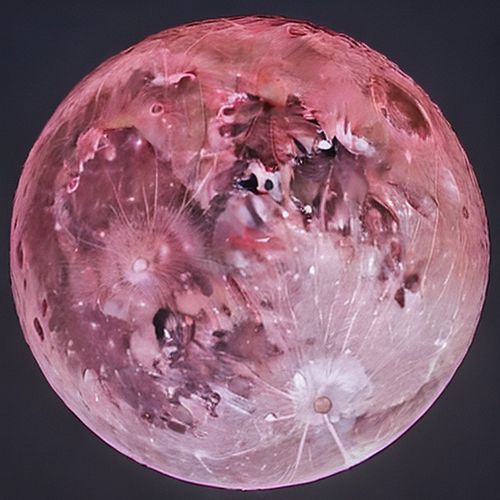
By Sophia Lewis/Apr 14, 2025

By Sarah Davis/Apr 14, 2025

By William Miller/Apr 14, 2025

By James Moore/Apr 14, 2025

By Eric Ward/Apr 14, 2025

By Grace Cox/Apr 14, 2025

By Rebecca Stewart/Apr 10, 2025
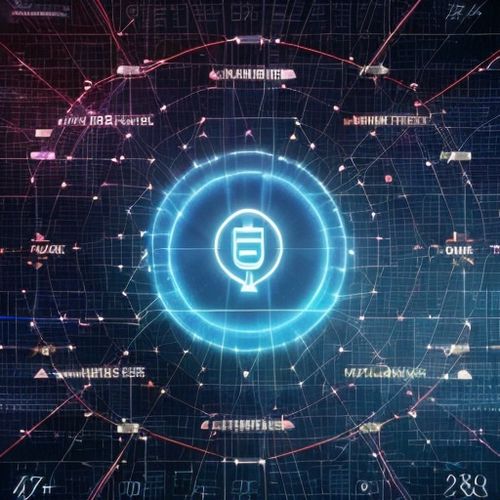
By Grace Cox/Apr 10, 2025

By Thomas Roberts/Apr 10, 2025
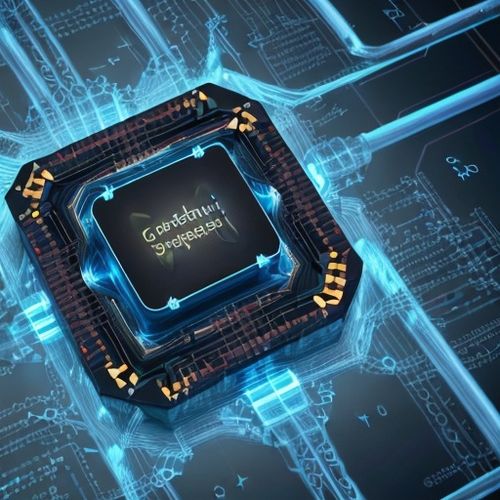
By James Moore/Apr 10, 2025
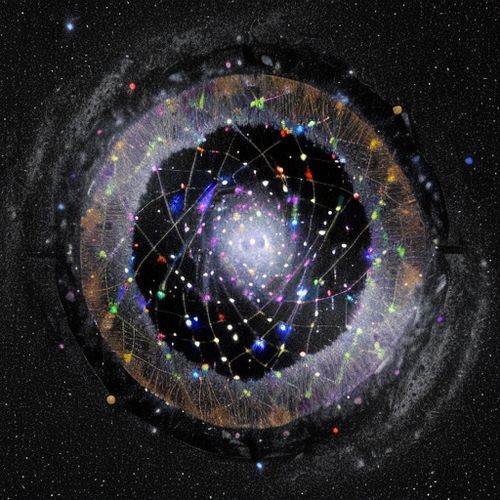
By Laura Wilson/Apr 10, 2025
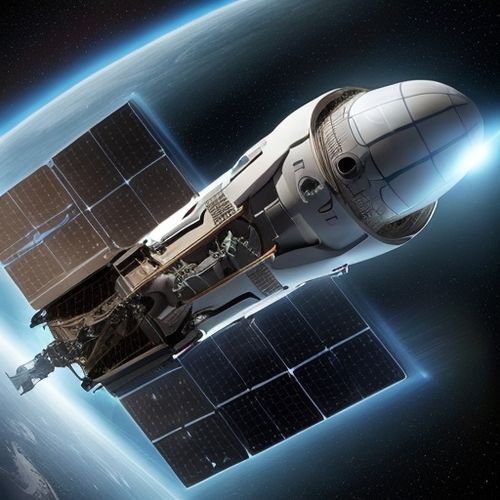
By John Smith/Apr 10, 2025
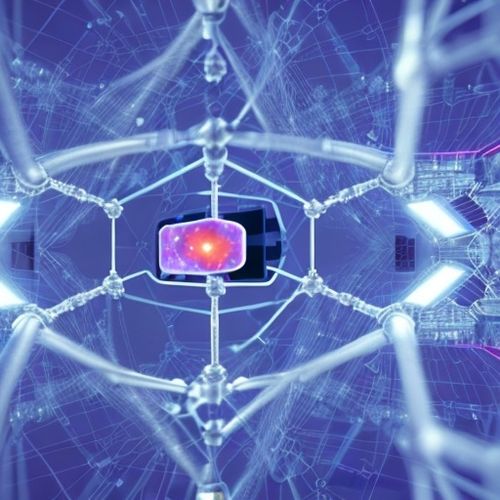
By James Moore/Apr 10, 2025

By Olivia Reed/Apr 10, 2025

By Eric Ward/Apr 10, 2025